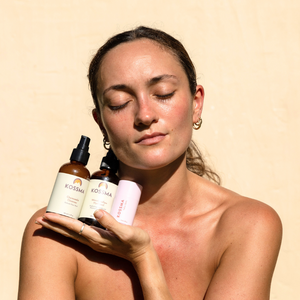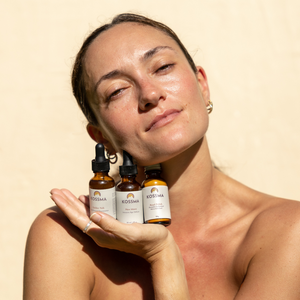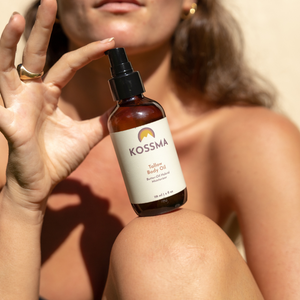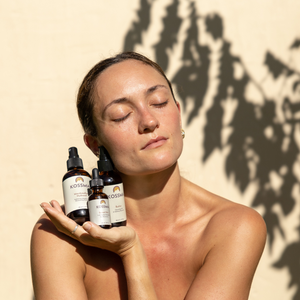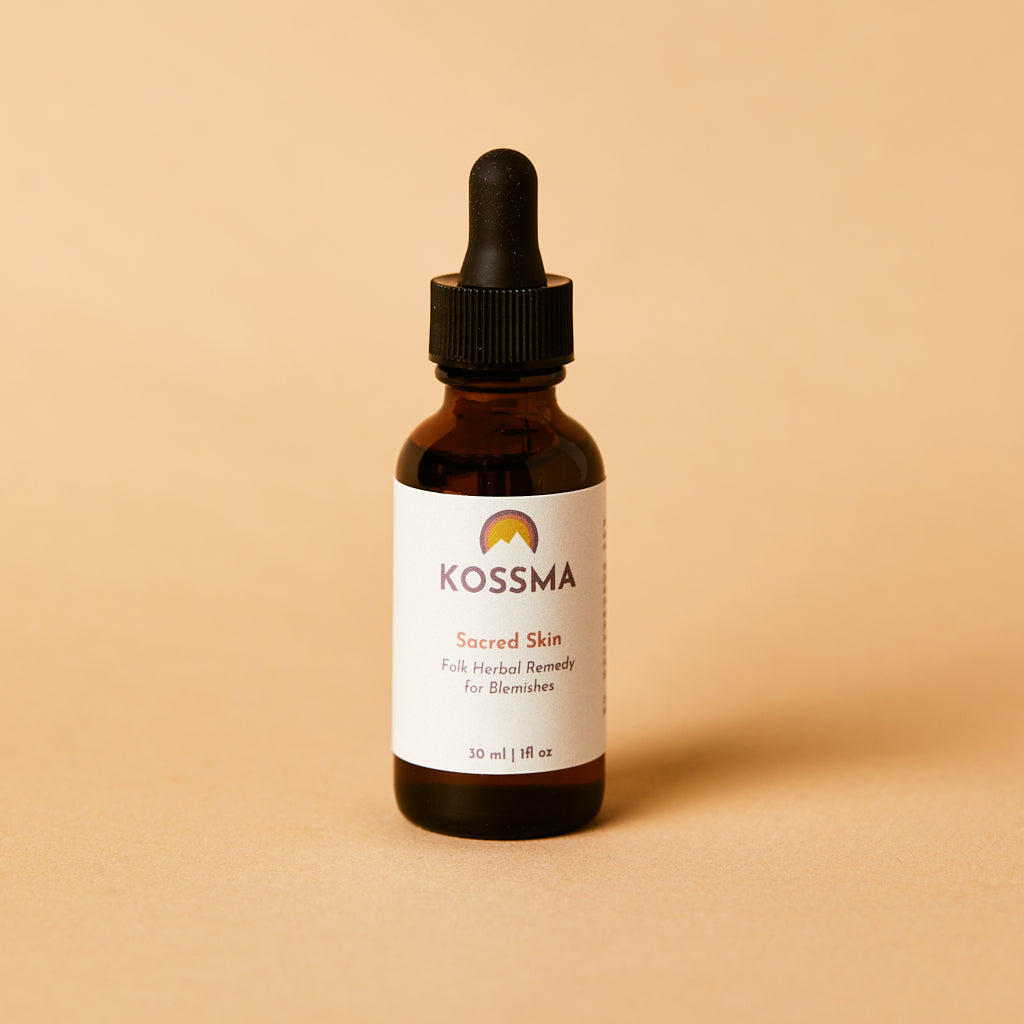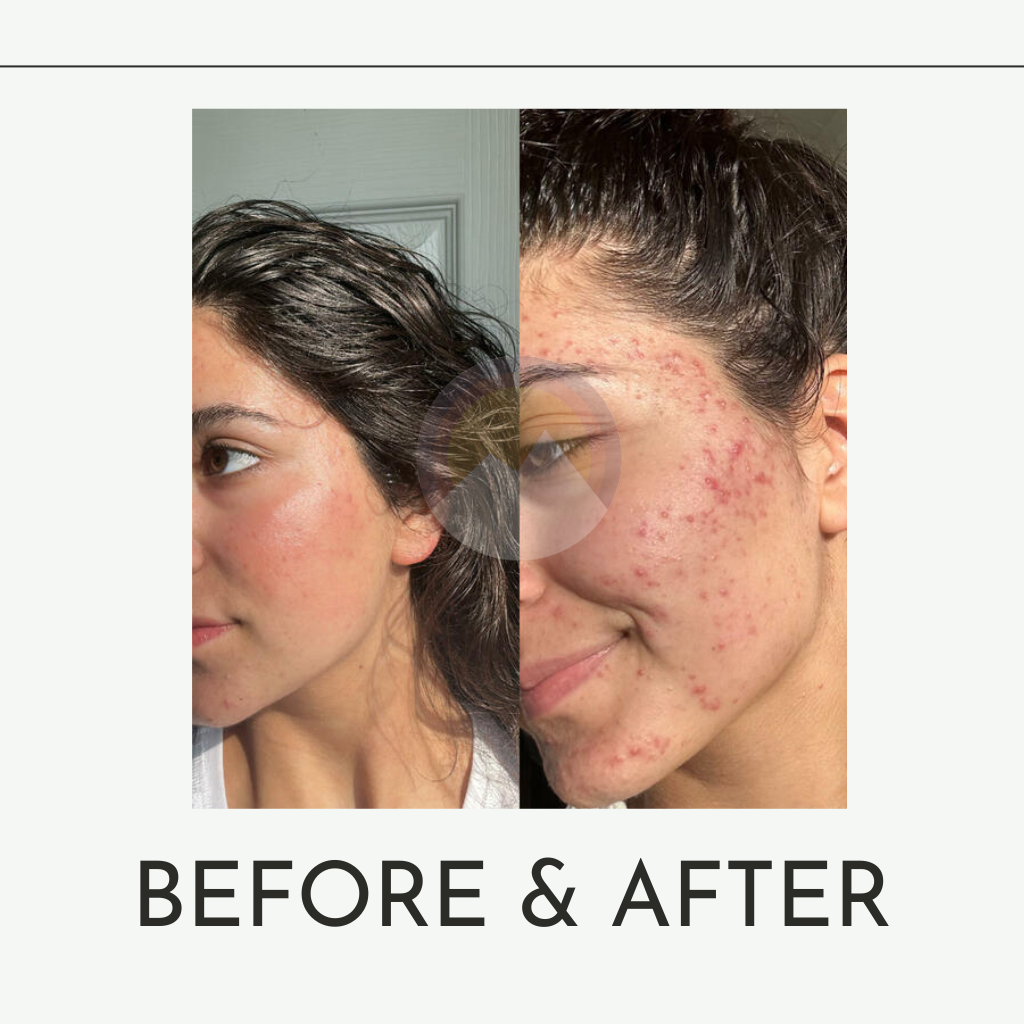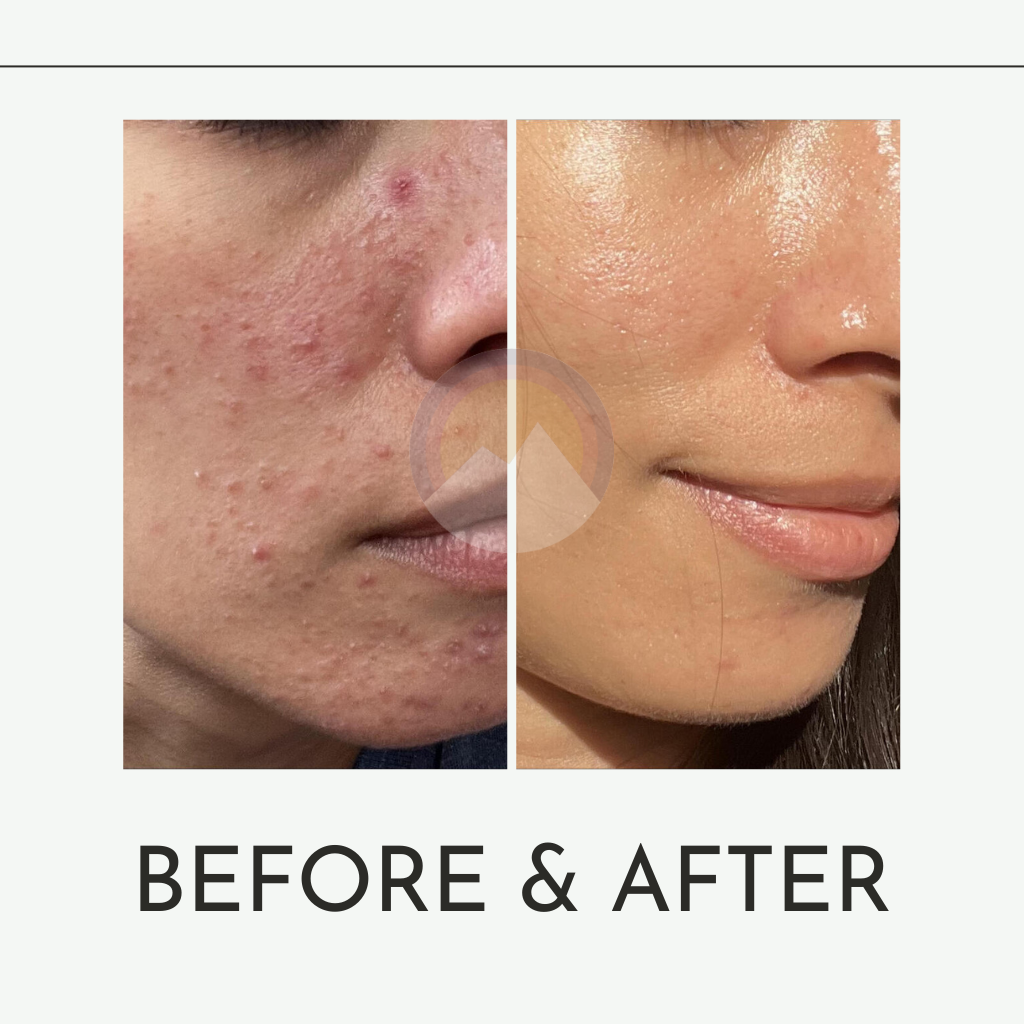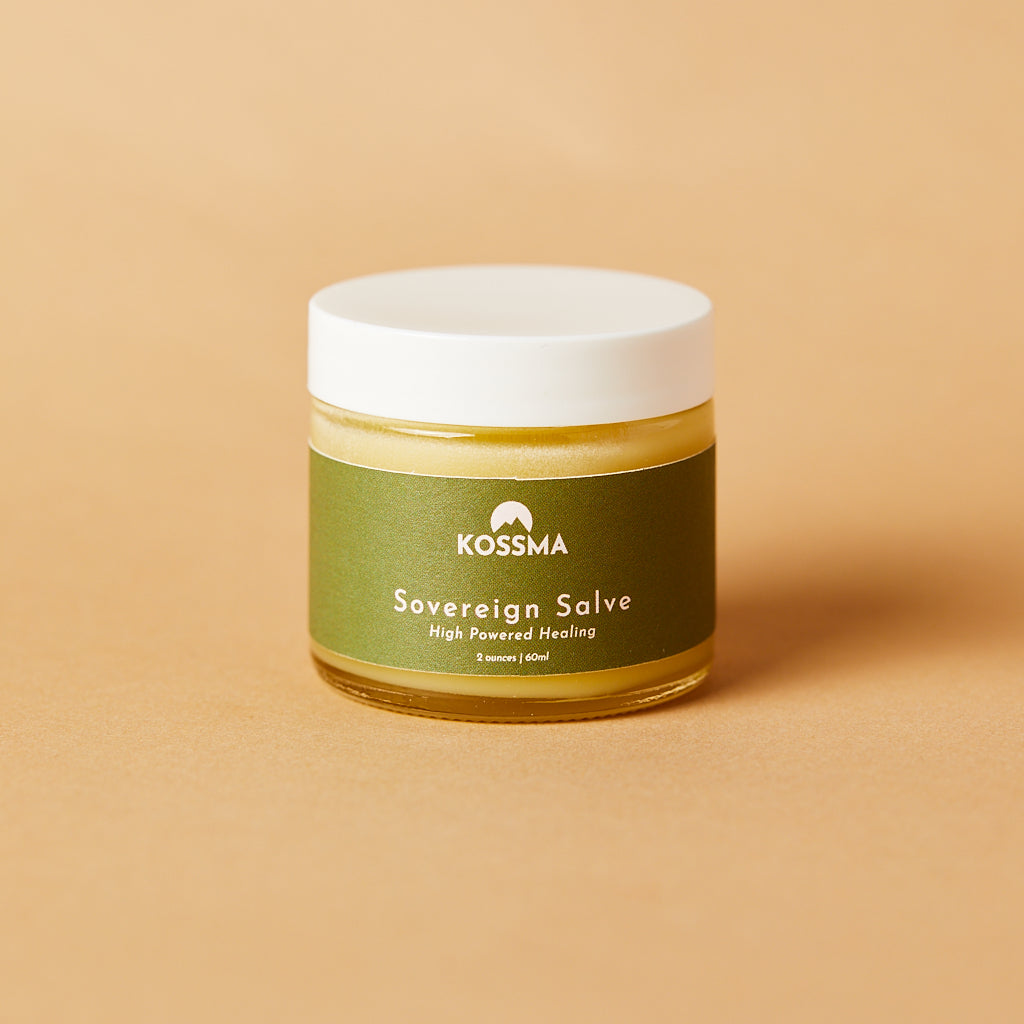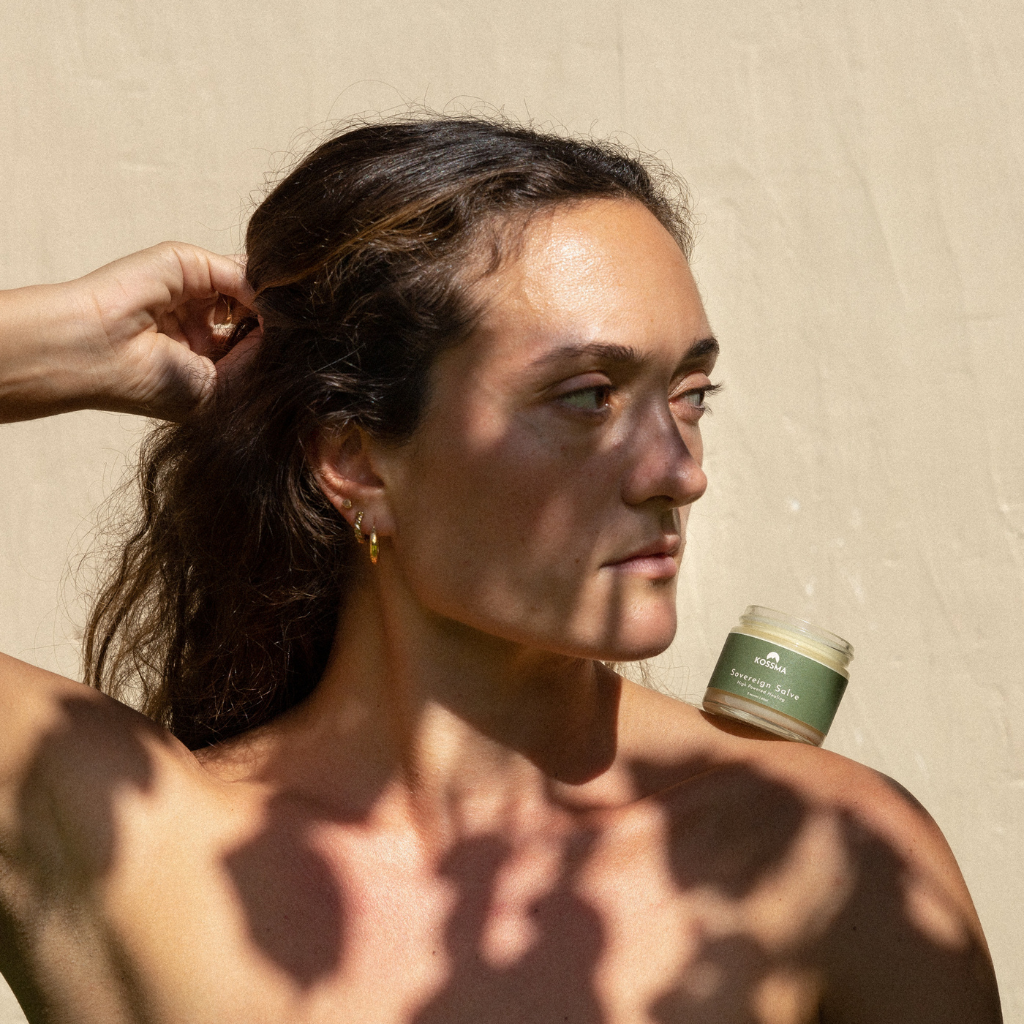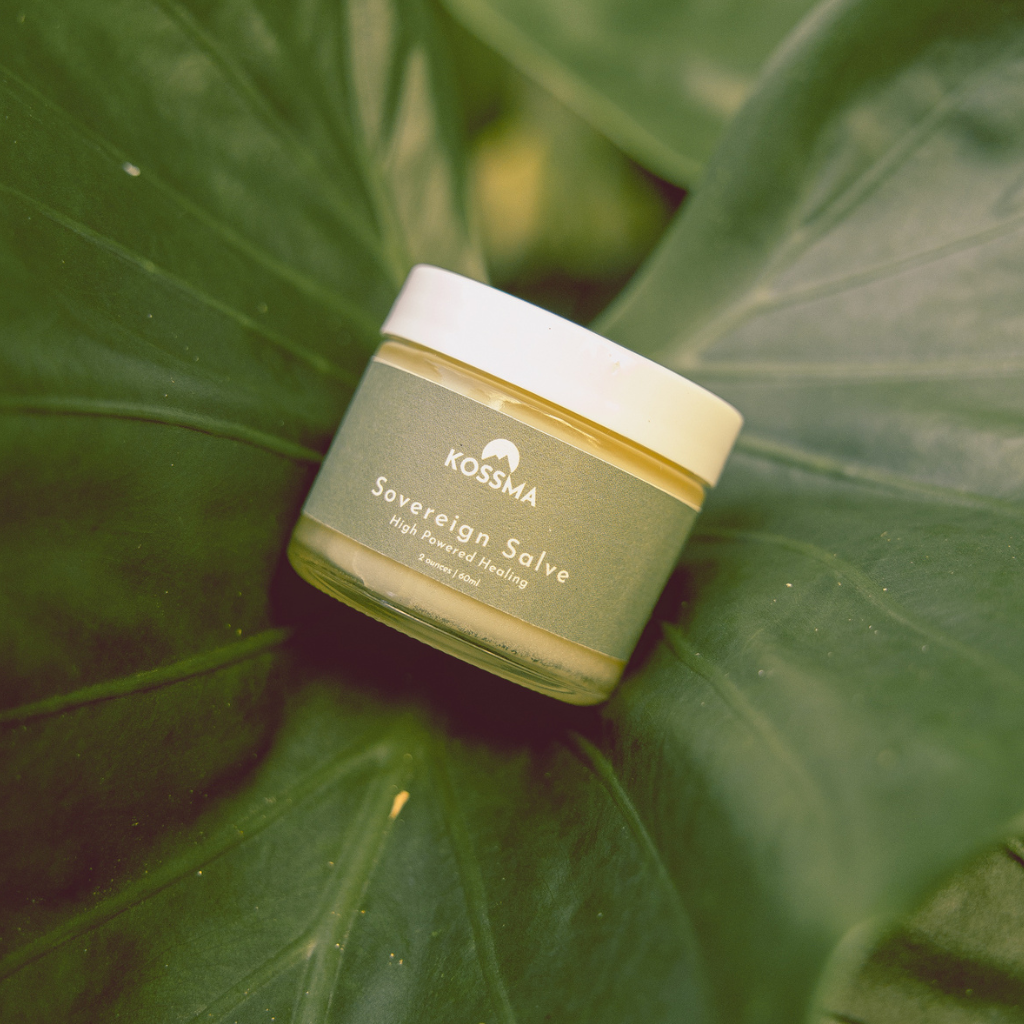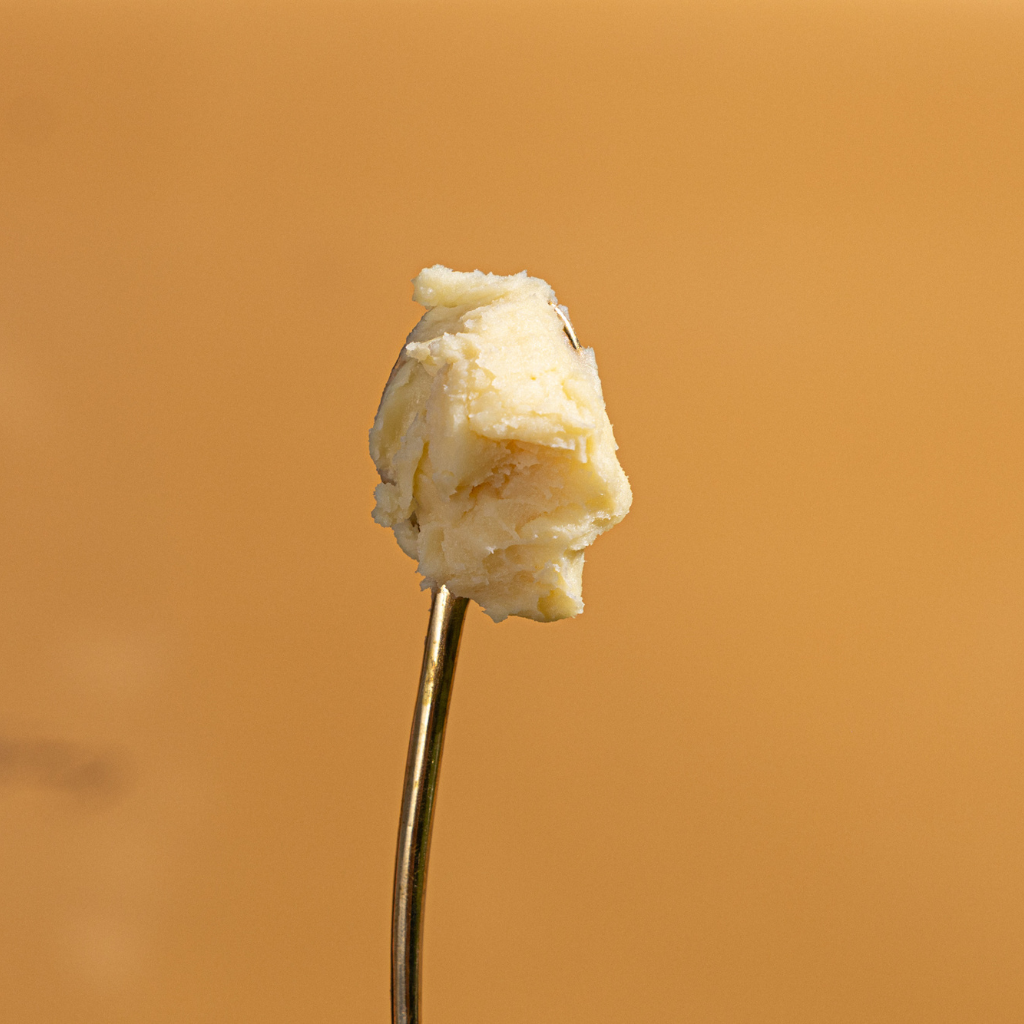Myrrh resin has been used for thousands of years in traditional medicine and religious rituals, much like its cousin frankincense resin. Although both resins share similar medicinal properties, myrrh resin is particularly unique because of its almost pharmaceutical level of medicinal properties. While we typically shy away from antibacterial properties, myrrh resin's antifungal and antibacterial properties can be quite beneficial in treating fungal skin conditions such as dandruff caused by the Malassezia fungus, and a specific type of acne with the presence of the fungus Malassezia.
Myrrh Resin's Antifungal and Antibacterial Properties
In addition to its antifungal and antibacterial properties, myrrh resin is also an anti-inflammatory agent that can help rejuvenate cells and prevent infection. Myrrh resin is harvested from Commiphora myrrh, a low-growing desert tree that exudes a viscous yellow gum that hardens into a reddish-brown resin. This highly medicinal tree resin has been historically used to treat topical skin conditions from infections to fungus and acne. In pharmacology, myrrh is used as an antiseptic in mouthwashes, gargles, and toothpastes. It's also used in some liniments and healing salves that may be applied to abrasions and other minor skin ailments. Myrrh has been used as an analgesic for toothaches and can be used in liniment for bruises, aches, and sprains.
Ancient Uses and Healing Powers of Myrrh Resin
Myrrh gum is commonly claimed to remedy indigestion, ulcers, colds, cough, asthma, lung congestion, arthritis pain, and cancer. It is also an effective antiseptic and one of the best cicatrisantes – that is, it stimulates cellular growth – and its healing effects on open wounds, ulcers, and boils were legendary even before Biblical times. Myrrh resin's bitterness may easily be associated with Isis' bitter task of searching for the scattered pieces of Her beloved husband's body, making it sacred to Isis in her role as the goddess of death and mourning in ancient Egypt.

